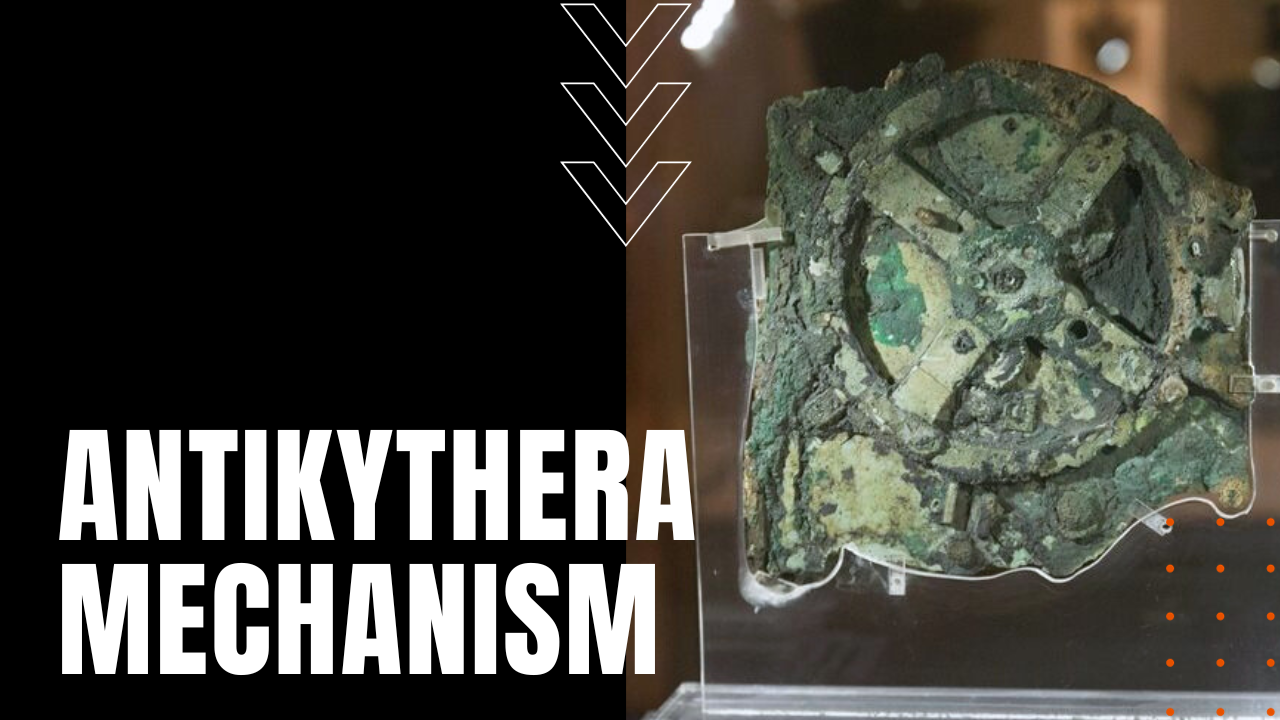The Antikythera Mechanism

Discovered by divers in 1901, on a 2,000-year-old Greek shipwreck known as the Antikythera, for decades after its retrieval from the sea floor, scholars could make little sense of what had been found, until X-ray imaging in the 1970s and 1990s revealed that the device may have replicated the motions of the heavens, leading one researcher to dub the Antikythera mechanism as an “ancient Greek computer.”
Early Critics
Dismissed by mainstream historians for lack of sufficient evidence, the Antikythera mechanism was further maligned when sensationalist writer Erich von Däniken claimed the device came from an alien spaceship, only to gain full legitimacy in 2006, when a team of researchers led by Mike Edmunds of Cardiff University Wales published CT scans of the recovered fragments, revealing details of the mechanism’s inner workings. Roughly the size of a mantel clock housed in a wooden case, the Antikythera mechanism comprised a large circular face with rotating hands, with a handle on the side for winding the device backward or forward.
A Technological Wonder
Designed and built by Hellenistic scientists around 70-60 BC, the Antikythera mechanism possessed mechanical technologies that would not be equaled for a thousand years to come. As the handle was turned, trains of interlocking gearwheels drove at least seven hands at differing speeds, each displaying the celestial bodies known at the time, with an astonishing degree of accuracy, even for today. Tracking each planet visible to the naked eye—Mercury, Venus, Mars, Jupiter and Saturn—the Antikythera mechanism was used to display the positions of celestial bodies on a given date during a given year, employing a geocentric or earth-centric system rather than the solar system as we understand it today. In this replica built by engineer Alastair Godfrey in 2016, the outer dial and longest pointer indicates the date, while the rear spiral indicates the year.
Incredible Sophistication
The inner front shorter pointers show the positions of the celestial bodies on a chosen date and year, with each planetary position mapped along the ecliptic, which is the line along which the sun, moon and planets appear to move in the sky. To further its complexity, the Zodiac constellations are also mapped along the same line, so as the Earth orbits the sun, the planets appear to move through the Zodiac. To further the mechanism’s incredible sophistication, the inner dial numbers from zero to 360 degrees describe the angle from the first point of Aries, which is the exact location of the sun at the Spring Equinox, making the Antikythera mechanism, an unexpected wonder of ancient Greek technology.
